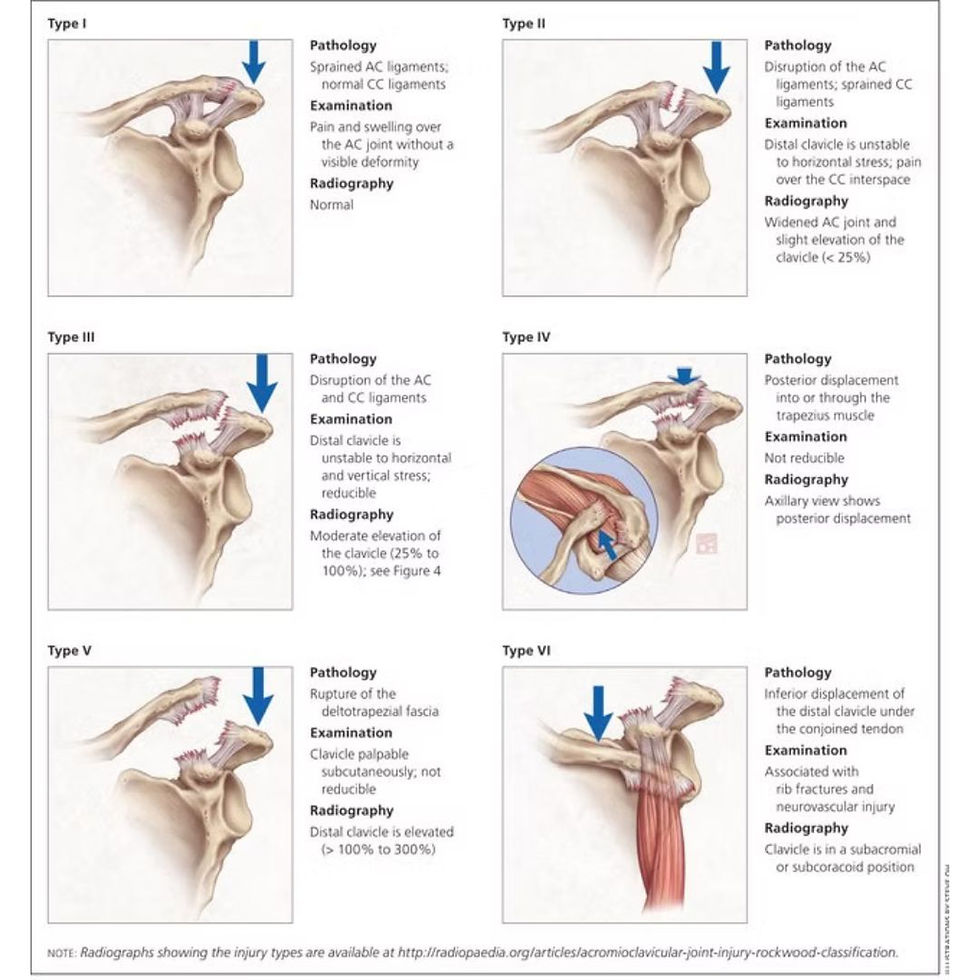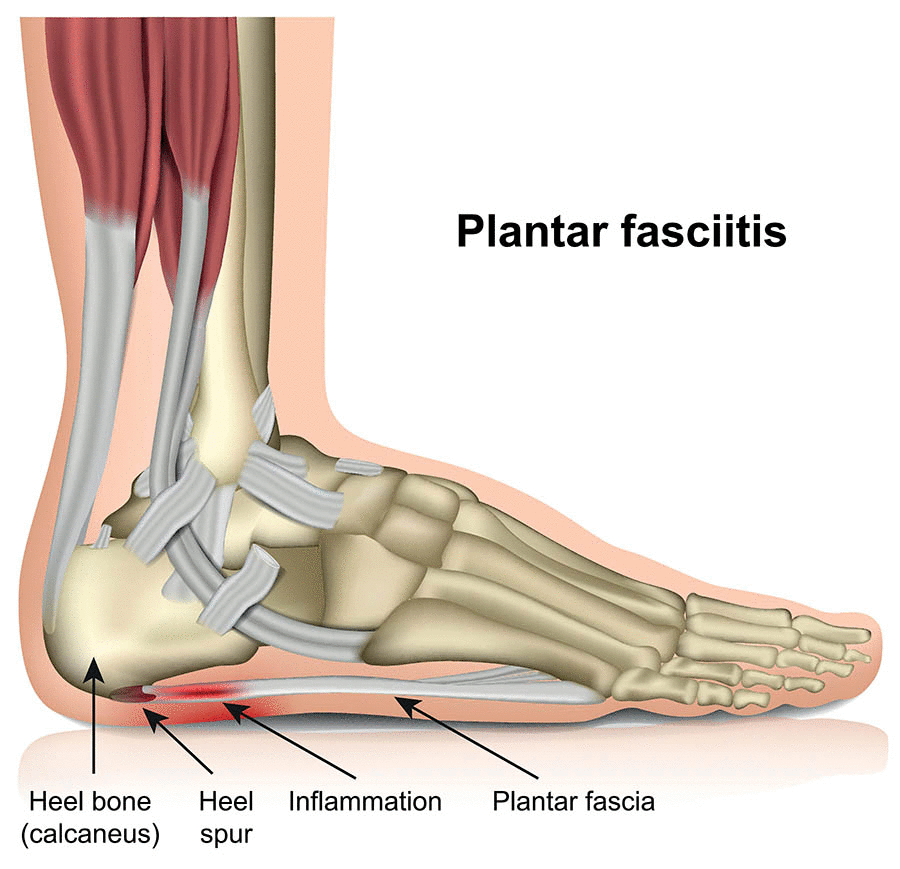
COMMON INJURIES

Patellafemoral Pain Syndrome
Patellofemoral pain syndrome (PFPS) is a diffused, anterior knee pain which occurs particularly during running, stair climbing, or squatting activities. When the knee is bent, the forces within the knee joint increase. With repeated stress and/or trauma, the joint may develop inflammation which causes irritation and pain.
PFPS commonly occurs in young, active people who place repetitive stress through the patellofemoral joint. For example, runners, netballer players, soccer players, and basketball players, among others.

Anterior Cruciate Ligament (ACL) Injury
Your knee is made up of 4 main ligaments – anterior cruciate ligament (ACL), posterior cruciate ligament (PCL), medial collateral ligament (MCL) and lateral collateral ligament (LCL). These ligaments attach your thigh bone (femur) to the two bones in your lower leg (tibia and fibula), providing strong support and stability for the knee joint.
An ACL injury is common during sports that involve sudden stops or changes in direction, twisting, or jumping and landing motions – e.g. basketball, netball, soccer, skiing, rugby, touch football and gymnastics. Injuries to the ACL can also occur in conjunction with other structures within and around the knee, such as the articular cartilage, MCL or meniscus.

Achilles Tendinopathy
Achilles Tendinopathy, also known as tendinosis, occurs when the Achilles tendon degenerates and becomes inflamed. This condition is common in athletes, runners, and people who have calf tightness. Achilles tendinopathy may occur in the middle of the tendon (known as midportion Achilles tendinosis) or at the point where the tendon connects to the heel bone (known as insertional Achilles tendinosis).
Achilles tendinitis is an injury to this tendon that causes pain in the back of the leg. Typically this injury results from inflammation of the surrounding sheath (paratenonitis), degeneration within the tendon (tendinosis), or a combination of the two.
Both tendinopathy and tendonitis are often caused by overuse of or sudden stress on a tendon. Ageing and lack of muscle tone can also play a role in the development of tendinopathy.

Meniscus Injury
The meniscus is a fibrocartilage disc in the knee joint, separating the thigh (femur) and shin (tibia) bones. It aids with rotational stability of the ACL and acts as a shock absorber when walking, running and jumping. Occasionally, the meniscus can suffer injury in the form of a tear caused by twisting on a slightly flexed knee. Partial or total tears can occur and are most often sports-related.

Rotator Cuff Injury
The shoulder is the most mobile joint in the body, with lots of range in every direction. To make this possible there are 4 key muscles deep in the shoulder to keep it stable; supraspinatus, subscapularis, infraspinatus, teres minor.
Together they make up the rotator cuff, a "cuff" of muscles, keeping the shoulder centered in its socket as it moves through its large range of movement. However, there is not a lot of space in the shoulder and these muscles are moving within narrow spaces, shortening and lengthening as the shoulder moves up to 180°. Unfortunately this can lead to injury.

Tennis Elbow
Tennis elbow occurs at the outer elbow, where the tendon attaches to the bone. It is an injury to the muscles that extend the fingers and wrist, usually occurring as a result of repetitive actions and gripping which are common to tennis and other sports. Other causes include unaccustomed hand use (such as excessive typing, painting, etc), excessive wringing action and poor forearm strength.

Acromioclavicular joint (AC) injury
An acromioclavicular joint injury, otherwise known as a shoulder separation, is a traumatic injury to the acromioclavicular (AC) joint with disruption of the acromioclavicular ligaments and/or coracoclavicular (CC) ligaments. Those ligaments are part of the static stabilisers of the joint. In this injury the clavicle (collarbone) separates from the scapula (shoulder blade).

Sever's Disease
Sever’s Disease or calcaneal apophysitis is a condition that affects the calcaneus in children. It was previously thought to be an enlargement of the epiphyseal line of the calcaneus but is now known to be an inflammation of the calcaneal apophysitis, the cartilaginous growth centre to which the achilles tendon attaches. Repetitive strain and microtrauma caused by the force of a strong achilles and results in irritation and potential avulsion of the relatively soft calcaneal apophysis. This condition is typically seen in children between the ages of 8-15yrs in either the very active or overweight, and is reported in 2-16% of cases in sports clinics.
%20copy.jpg)


